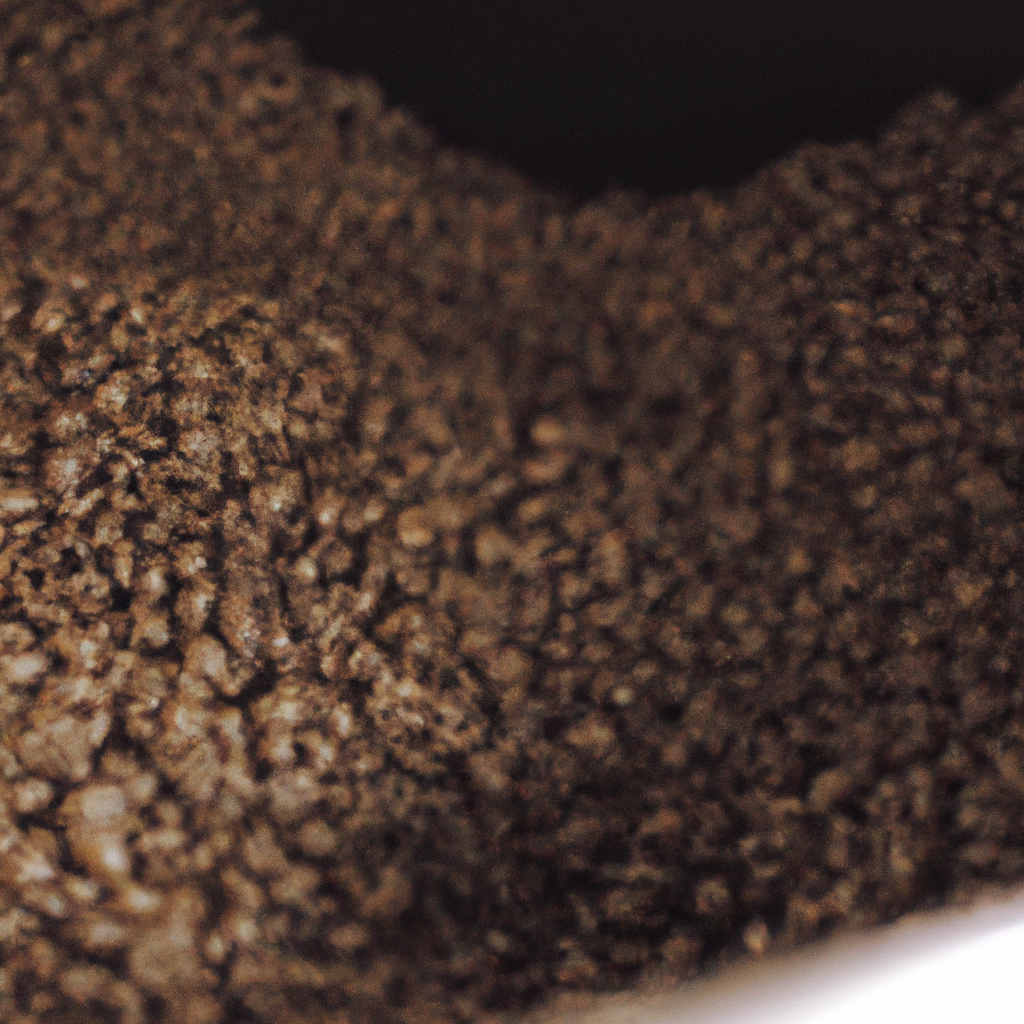Coffee is one of the most popular beverages in the world. It is estimated that over 2.25 billion cups of coffee are consumed every day. The taste and aroma of coffee depend on the quality of the beans and the roasting process. In this article, we will explore the coffee roasting process, including the techniques, equipment, and effects on flavor.
What is the coffee roasting process?

The coffee roasting process is the transformation of green coffee beans into the brown, aromatic, and flavorful beans that we use to make coffee. During the roasting process, the green coffee beans are subjected to high temperatures, which cause chemical changes that result in the development of flavor and aroma.
Roasting Techniques
There are different techniques used in coffee roasting, including:
Hot Air Roasting
Hot air roasting involves the use of hot air to roast the coffee beans. The hot air is blown through the beans, and the roasting temperature is controlled by adjusting the speed and temperature of the air. This method is popular because it produces a clean flavor and aroma.
Drum Roasting
Drum roasting involves the use of a rotating drum to roast the coffee beans. The drum is heated, and the beans are roasted as they tumble in the drum. This method is popular because it produces a consistent roast and allows for the development of complex flavors.
Fluid Bed Roasting
Fluid bed roasting involves roasting the coffee beans in a chamber where hot air circulates around them, creating a fluid-like bed. This method is popular because it produces a clean, bright, and fruity flavor.
Roasting Equipment
The equipment used in coffee roasting includes:
Roasting Machine
A roasting machine is used to roast the coffee beans. There are different types of roasting machines, including hot air roasters, drum roasters, and fluid bed roasters.
Chaff Collector
A chaff collector is used to collect the chaff that comes off the coffee beans during the roasting process. This helps to keep the roasting area clean and prevents the chaff from interfering with the roasting process.
Cooling Tray
A cooling tray is used to cool the roasted coffee beans. The beans are placed on the cooling tray and circulated with cool air to prevent further roasting and to cool them down quickly.
Effects on Flavor
The roasting process has a significant impact on the flavor of the coffee. The longer the beans are roasted, the darker and more bitter the coffee will be. The lighter the roast, the more acidic and fruity the coffee will be. Some of the flavors that can be developed during the roasting process include:
Caramel
Roasting coffee beans can produce caramel flavors. This flavor is developed when the beans are roasted for a longer period, resulting in a darker roast.
Chocolate
Roasting coffee beans can produce chocolate flavors. This flavor is developed when the beans are roasted for a medium period, resulting in a medium roast.
Fruity
Roasting coffee beans can produce fruity flavors. This flavor is developed when the beans are roasted for a shorter period, resulting in a lighter roast.
The Coffee Industry
The coffee industry is a significant contributor to the global economy, with over 25 million people employed in coffee production and processing. The coffee industry is worth over $200 billion globally and is expected to continue to grow.
In conclusion, the coffee roasting process is essential in producing the flavor and aroma that we enjoy in coffee. The roasting process can be done using different techniques and equipment, with each producing a unique style of coffee. The coffee industry is a significant contributor to the global economy, and the demand for coffee is expected to continue to grow.






